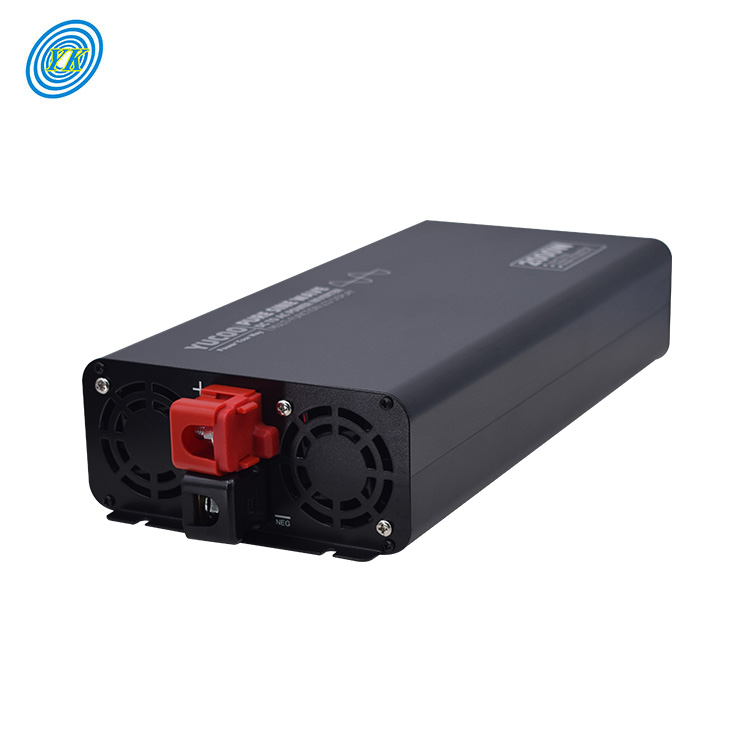News
The development of inverters
Click: 1337 Date: 06/07/2023 3::57::44 PM
The development of inverters can be traced back to the early 20th century, when electronic equipment was still in its infancy. At the time, inverters were used to convert DC power to AC power, in order to power devices that required Ac power. The first inverters were simple mechanical devices that used a rotating switch to rapidly switch the polarity of the DC voltage, producing an AC waveform. Over time, these mechanical inverters were replaced by electronic inverters, which used a solid-state circuit to produce a high-quality AC waveform. These early electronic inverters were bulky and expensive, and were primarily used in industrial applications, such as
motor control and welding.

In the 1970s, the development of power electronics and semiconductors led to the development of modern voltage-source inverters. These inverters were based on pulse width modulation (PWM) technology, which allowed for precise control of the AC output waveform. This made them ideal for a wide range of applications, including renewable energy systems, motor drives and uninterruptible power supplies (UPS).
In the 1990s, microcontrollers and digital signal processors(DSPs) became cheap and widely available, leading to the development of advanced digital inverters. These inverters used DSPs to control the PWM waveform, enabling highly precise and efficient control of
the AC output voltage and frequency. They were adopted in a wide range of applications, including solar power systems, telecom power supplies, and motor drives. Today, the latest generation of inverters use advanced technologies, such as silicon carbide(SiC) and gallium nitride(GaN) semiconductors,to achieve higher efficiency and higher power density. These inverters are used in a wide range of applications, including electric vehicles, renewable energy systems, and data center power supplies. As technology continues to advance, inverters are expected to play an increasingly important role in our modern world.